

Here’s a quick recommendation for a puzzle game. BOX is a fairly traditional puzzle type made fresh with a peculiar aesthetic and approach. Each level is a box that can be rotated, such that the smaller square you control platform-style can reach all of the teeniest blocks within. Except, not all the platforms inside the box turn when it does.
That wasn’t clear, was it? Let me try again. Think of each level as a vignette platformer screen, and your green square as the player character. Your square can move and jump, and is tasked with picking up all the little squares in each room. But most of them are out of reach, which is where the room rotation comes in. Using shoulder buttons (or keyboard), the whole level turns 90 degrees left or right, your green square (let’s call him Square) fixed in position during the turn, then affected by gravity once again when it’s complete. So the floor becomes the wall, and the opposite wall the new floor.
I’ve played a fair few games like this, where screen rotation is the key to manoeuvring one’s way around the platforms. But I can’t remember one where most of the room’s platforms don’t actually turn with it. Which makes BOX much more about manipulating Square’s position and movement before and after rotations. If he overlaps with a structure when the rotation’s complete, it’ll reverse itself, so you need to place him (or her, I have no idea how to sex a square) accordingly before you turn, and then perhaps jump or direct the fall after. And it’s through these techniques that you work out how to collect all the dots.

That’s a neat enough idea to see this game to success, which is why it’s such an extra pleasure that the aesthetic adds so much. All presented as if on an old VHS tape, the glitchy nature of the platforms across the strobing backgrounds and fuzzy CRT-colours seems to make a lot more sense. Like something’s wrong here. As if it’s an old, previously undiscovered game that has impossibly corrupted over time.
So much effort has gone into these VHS effects, the colours’ flickering revealing its RGB roots, the ghosting effect of the bright green of Square as it moves across the screen, that it feels so wonderfully out of time.

My only complaint is the limited number of rotations available to puzzles. Clearly this makes things tougher, as you’re watching a big number count down and trying to work out how to collect all the squares within that, but at the same time what makes much of BOX pleasurable to play is the experimentation. Trying out an idea. With a countdown, it feels a little stifling. This is made especially worse when failed rotations, where Square collides with the furniture, count against you.
The Steam page for the game purports to feature an option to increase or decrease the numbers of rotations available, although oddly it doesn’t appear to be in the game. I shall update if this confusion is ever cleared up.
Still, at a full price of £4, discounted in its first week to under 3, this is a really impressively crafted little puzzler. It’s deceptively simple in its conceit, and given a visual design that elevates it further.
- Elzai Games
- Steam
- £4/$5
All Buried Treasure articles are funded by Patreon backers. If you want to see more reviews of great indie games, please consider backing this project.



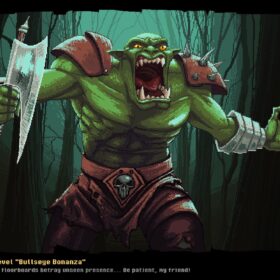



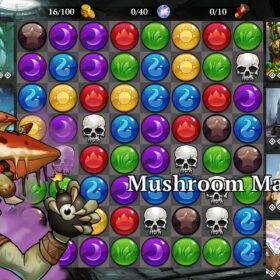
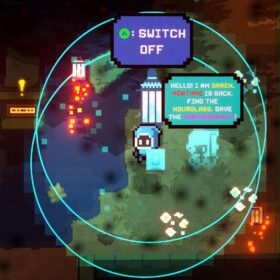





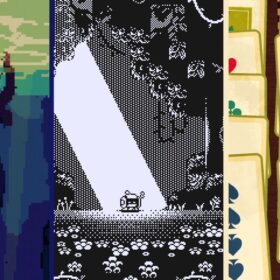
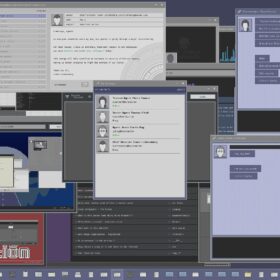
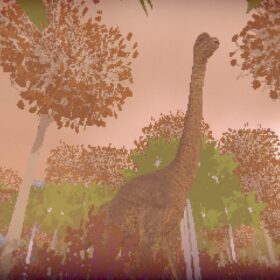

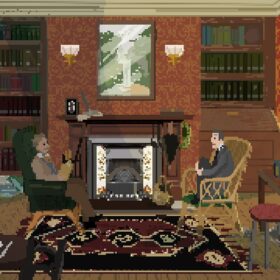
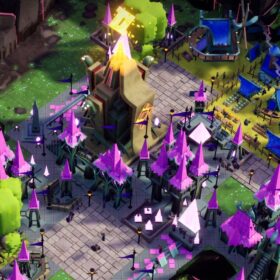
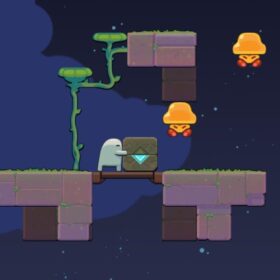


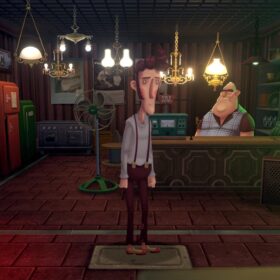
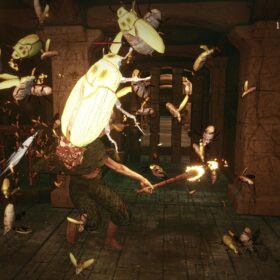

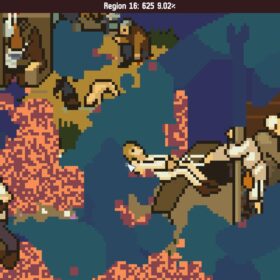
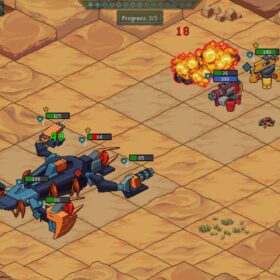

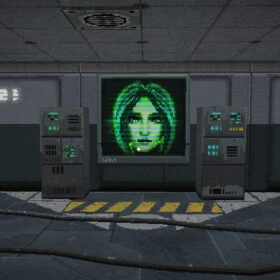

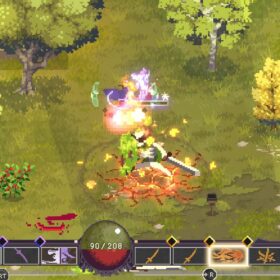
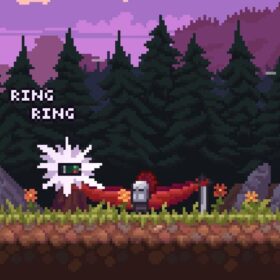

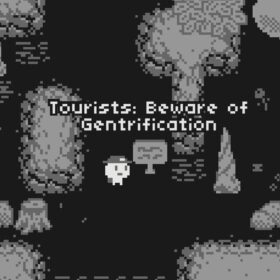


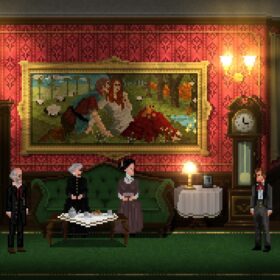

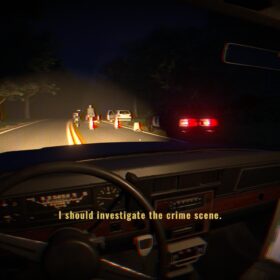
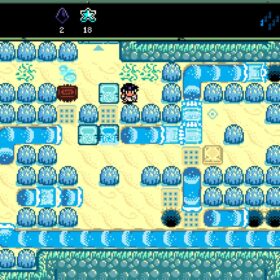
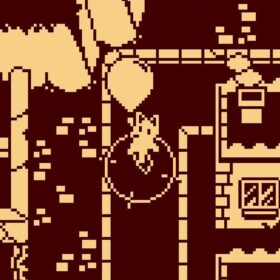
Yay! John’s back!
I was a bit worried with the circle-cropping on that screenshot, but clicking it shows the whole thing and it does fit the site’s aesthetic nicely.
One small request/suggestion, could you perhaps add € prices to the little summary blurb at the end of your articles? (I know they’re usually just “somewhere between the £ and $ prices, but it’d be neat for us mainland Europeans (it’s 4€ in this case)).
Now, to read my way through the rest that’s currently up.
Congrats on the launch!
“The Steam page for the game purports to feature an option to increase or decrease the numbers of rotations available, although oddly it doesn’t appear to be in the game.”
I’m playing this right now and a few puzzles after the rotation limit is introduced you are given the option of continuing as-is, with the ability to add up to 3 more rotations per puzzle if needed, or with the rotation count disabled entirely.